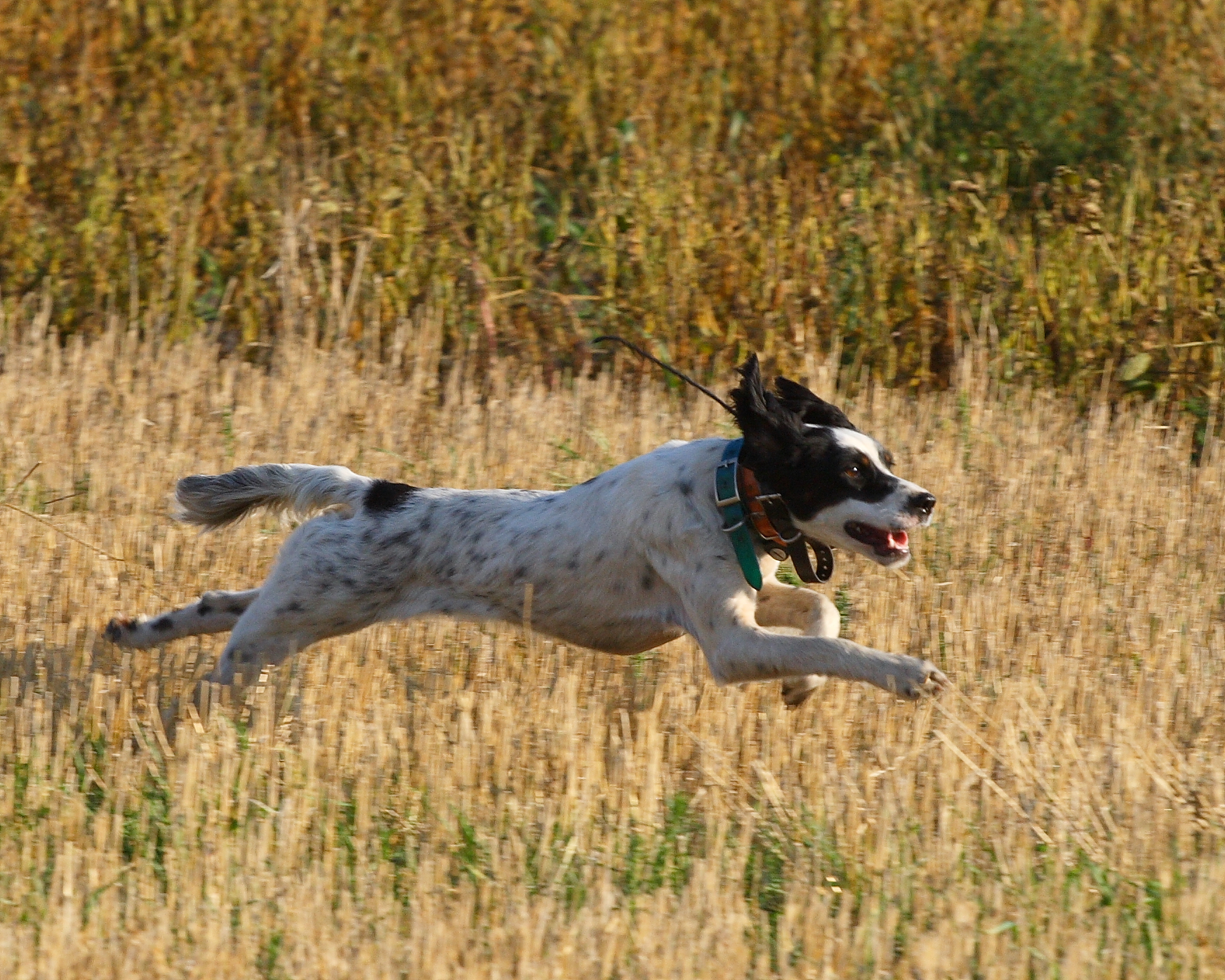One of my favorite subjects to discuss is nutrition. It is the most important thing we do for our own health and our dog’s health. Other than exercise, it is the one thing you do every day that can affect you today, tomorrow, and weeks, months, and years down the road. Before the specialty college of Sports Medicine and Rehabilitation existed, I started down the path of a PhD in human performance nutrition. Many of us interested in the sports medicine side of veterinary medicine had to do advanced work with our human colleagues as the canine sports medicine opportunities were in their infancy. I felt like I was double dipping because I was also very interested in endurance sports and human performance.
I believe strongly that we can optimize nutrition for performance. However, too many people think that just because they have a hunting dog, they need to feed a performance diet. I’ve said it many times: THE FOOD DOESN’T MAKE YOUR DOG A PERFORMANCE DOG. I really wish those diets were called endurance diets rather than performance. Especially in today’s world of high-quality foods, many working dogs can do just fine on a maintenance diet. In fact, I think using a maintenance diet would help buffer the effects of overfeeding that often occurs in the off-season.
My generic answer for when a dog benefits from a performance diet is a dog that is working four or more days a week for extended sessions. This doesn’t mean a dog that is doing 30 minutes equaling a couple of quick retrieves or a walk around the neighborhood a couple of nights a week. These would be dogs putting in substantial work each day. There will be exceptions with dogs that work fewer days but still benefit from the higher amounts of fuel to maintain good body condition. Generally speaking, that four days is my rule of thumb.
This means that most folks who just hunt on the weekends, or maybe the weekend plus a day, will often be better served with a maintenance diet and just increasing the amounts during workdays. It isn’t that I think performance diets are bad, but when they are overfed and lead to weight gain, they cause a host of issues. I also think that the pros and professional staff with dog food companies want to push performance SKUs to justify their jobs and relationships. You will often hear them advocating these performance diets for all life stages and for year-round feeding. While that may work for a full-time pro with a bunch of dogs on their truck, it isn’t always the best route for the average dog owner with one dog or even a small handful of dogs.
There will also be a group of dogs that truly needs the performance diet. These are dogs that work most of the year and are maintained on that higher plane of nutrition year-round. Over the past 25 years, I have had times where I could run my dogs that much, and during those stretches, I kept them on a performance formula.
However, the group I’m really targeting with this post are the dogs that work hard during the hunting season but then really scale things back in the off-season. This adjustment is often due to weather, location, or work and family commitments in the off-season. In those cases, I often recommend switching between a performance diet during high workload times and a maintenance diet during low workload times.
I titled this blog post “Time to Switch Dog Foods” because I’m writing this in mid-July, and the first round of hunting seasons starts roughly in the first half of September. This means you have about eight weeks before the start of most upland seasons.
It has been shown that it takes about eight weeks for the body’s cellular machinery to adjust to higher proteins and particularly higher fats as a fuel source. So now is the time to make the switch to a performance formula if you plan to use one during hunting season. Over the past 25 years, I have had years where I fed performance year-round, years I fed maintenance year-round, and years I used both. As with most things related to dog health, I advocate an individual approach to this situation and not a one-size-fits-all. Over the course of our lives and our dogs’ lives, there will be variation in activity levels. It is vitally important that your feeding program reflects those changes.
A couple of points to stress: Right now, in most of the country, heat is a major issue. Even my buddies out in Montana are battling triple-digit temperatures far too regularly this summer. This means that very likely your dog’s workload isn’t very high. If you make the switch to a performance formula, be very conscious of your dog’s weight and DO NOT overfeed them. Take into account your dog’s current caloric needs and potentially scale back on the performance formula as you make the switch.
Depending on what maintenance formula you are switching from and what performance product you are switching to, you may want to scale way back for a couple of days regardless of activity simply to avoid overloading the intestinal tract and ending up with GI issues.
One question that frequently gets asked is what happens if I just wait to switch during hunting season. The key point is that your dog won’t be performing at an optimal level with this approach. There won’t be any glaring issues; they just won’t be running at their theoretical best. This might be okay in some instances. Say you start chasing doves on September first, but you don’t actually get rolling with the real work until late October or early November. That would be a case where switching at the start of hunting season may be just fine.
The take-home point is that if you want to optimize your dog’s performance when utilizing a performance diet seasonally. To do so, you will want to switch to the performance diet at least eight weeks prior to peak season expectations to maximize your results.



